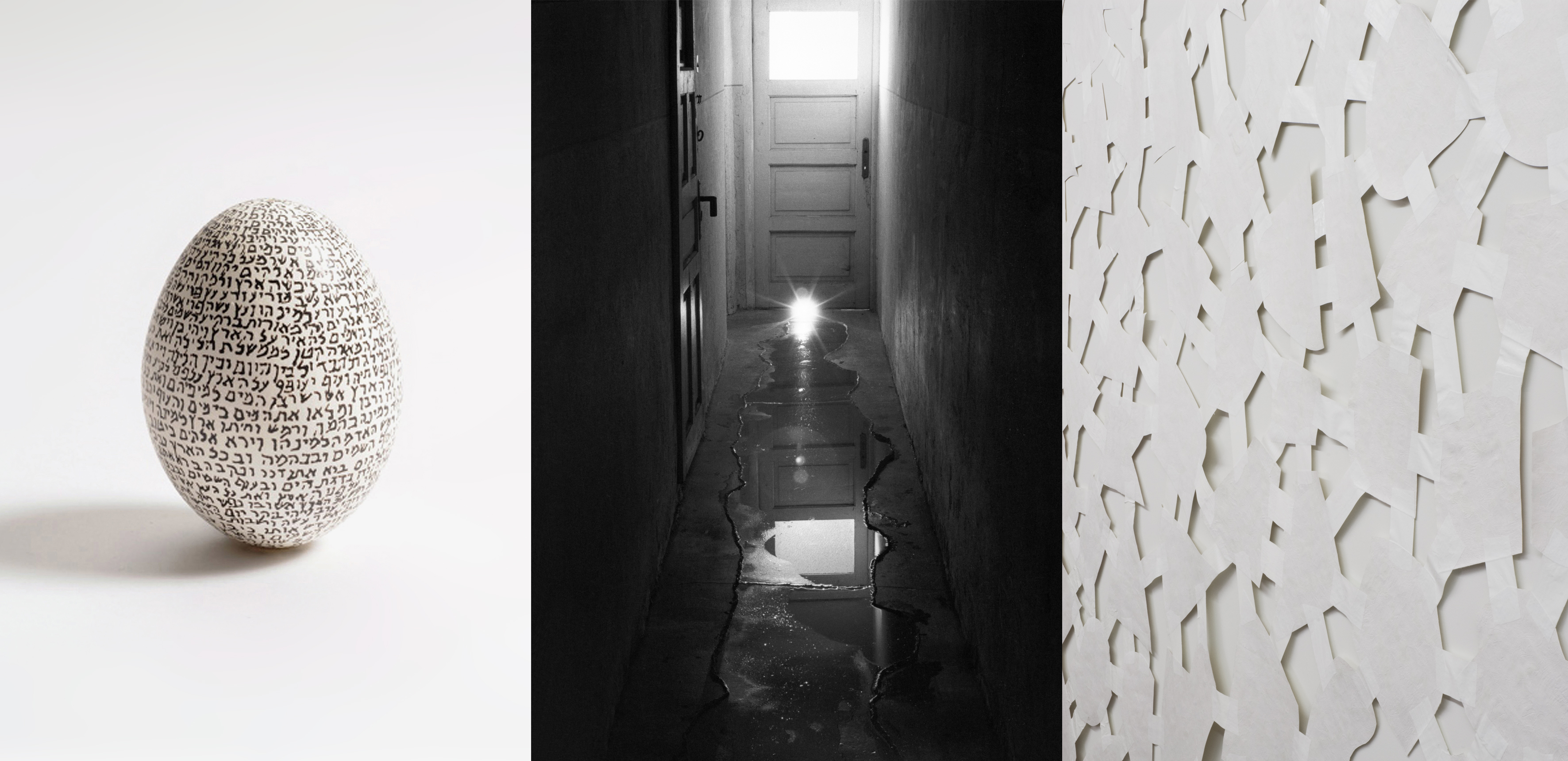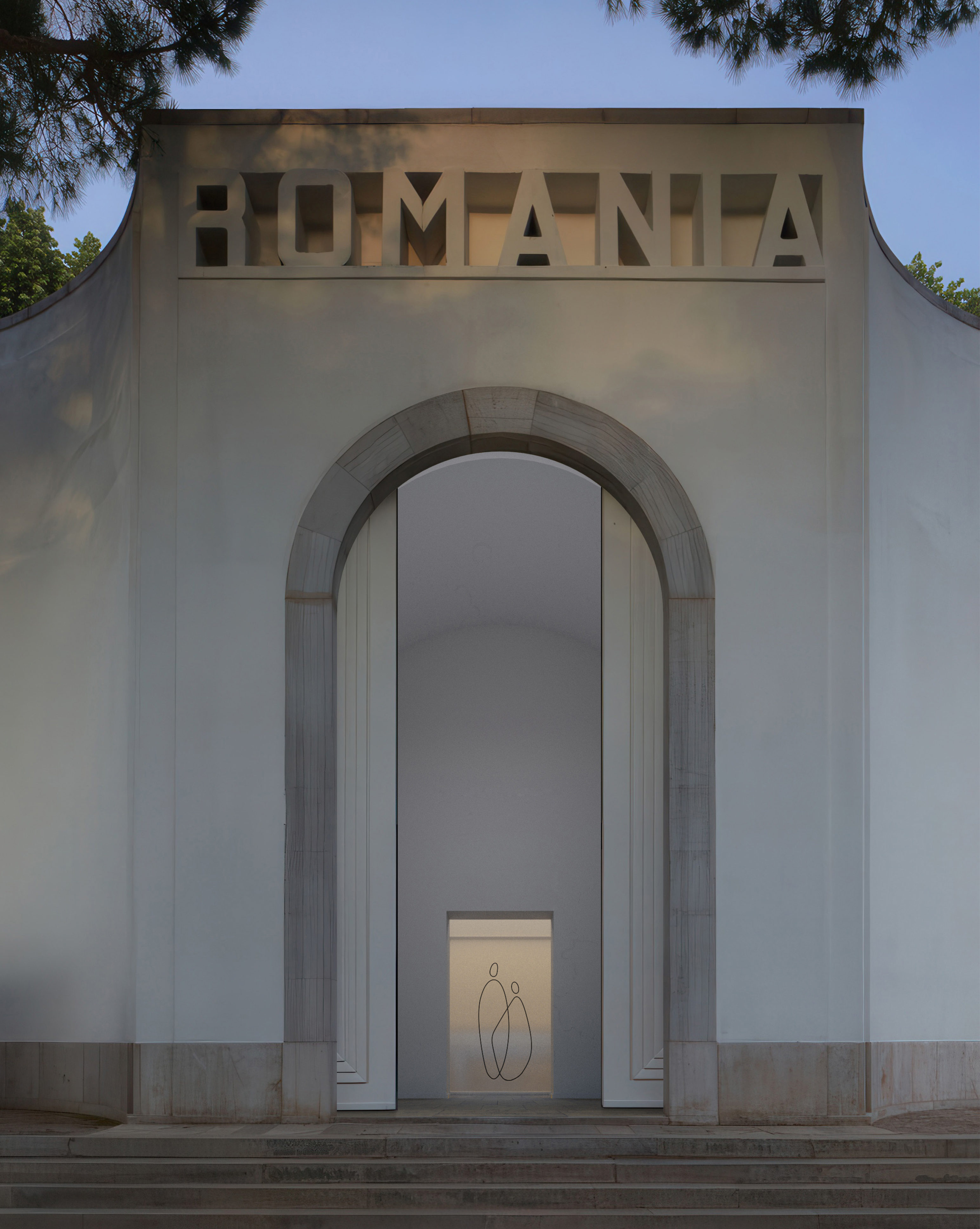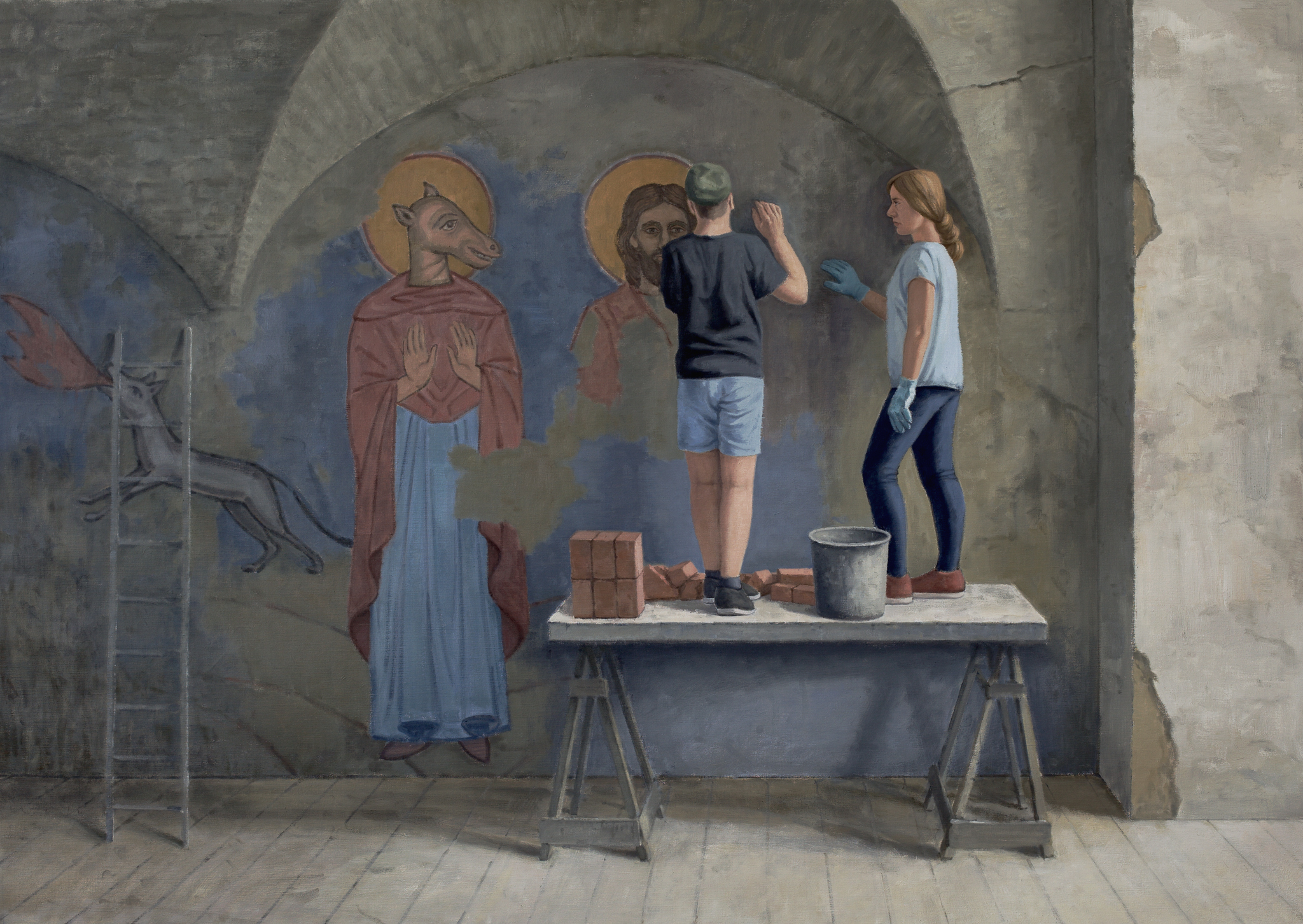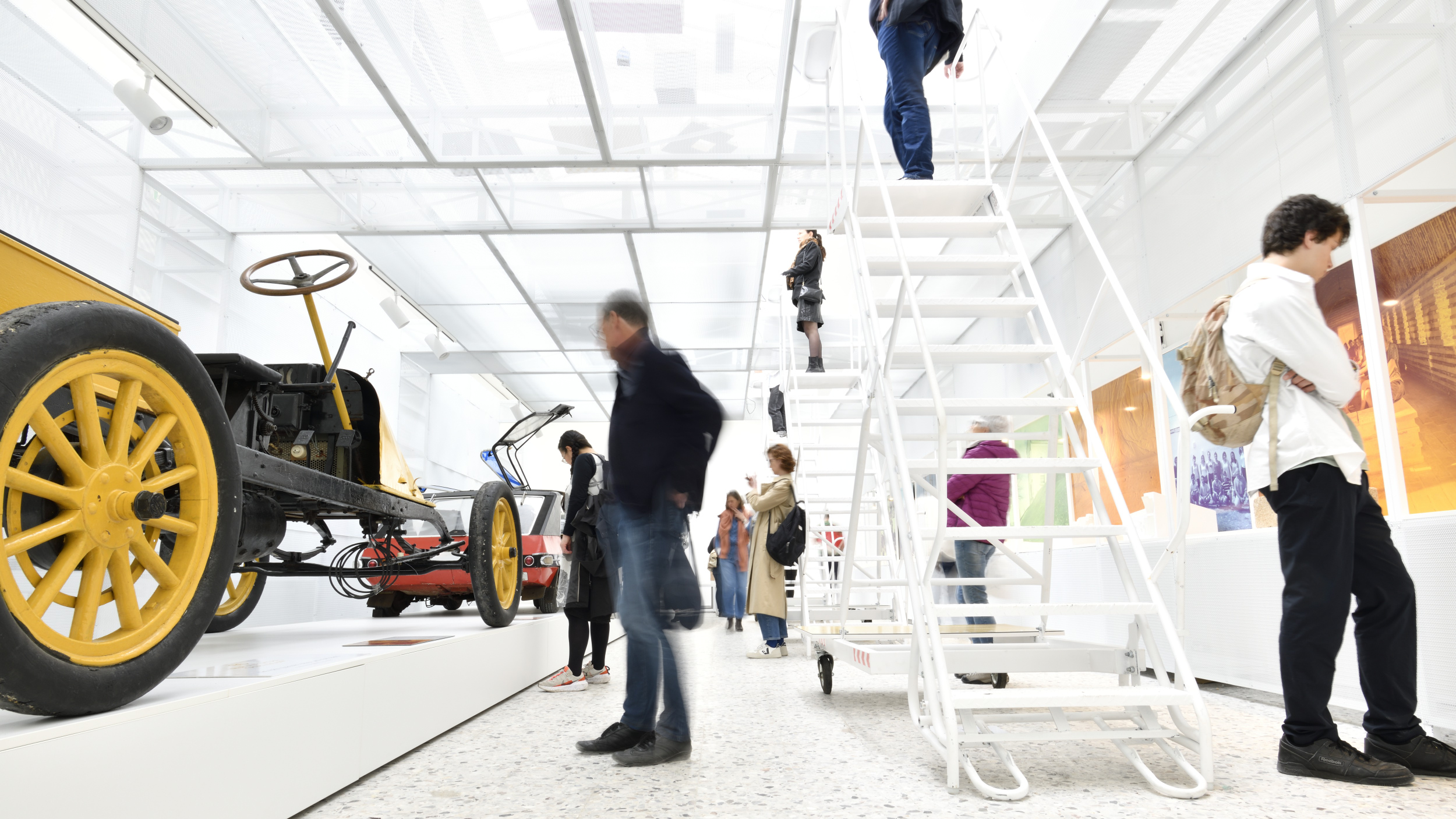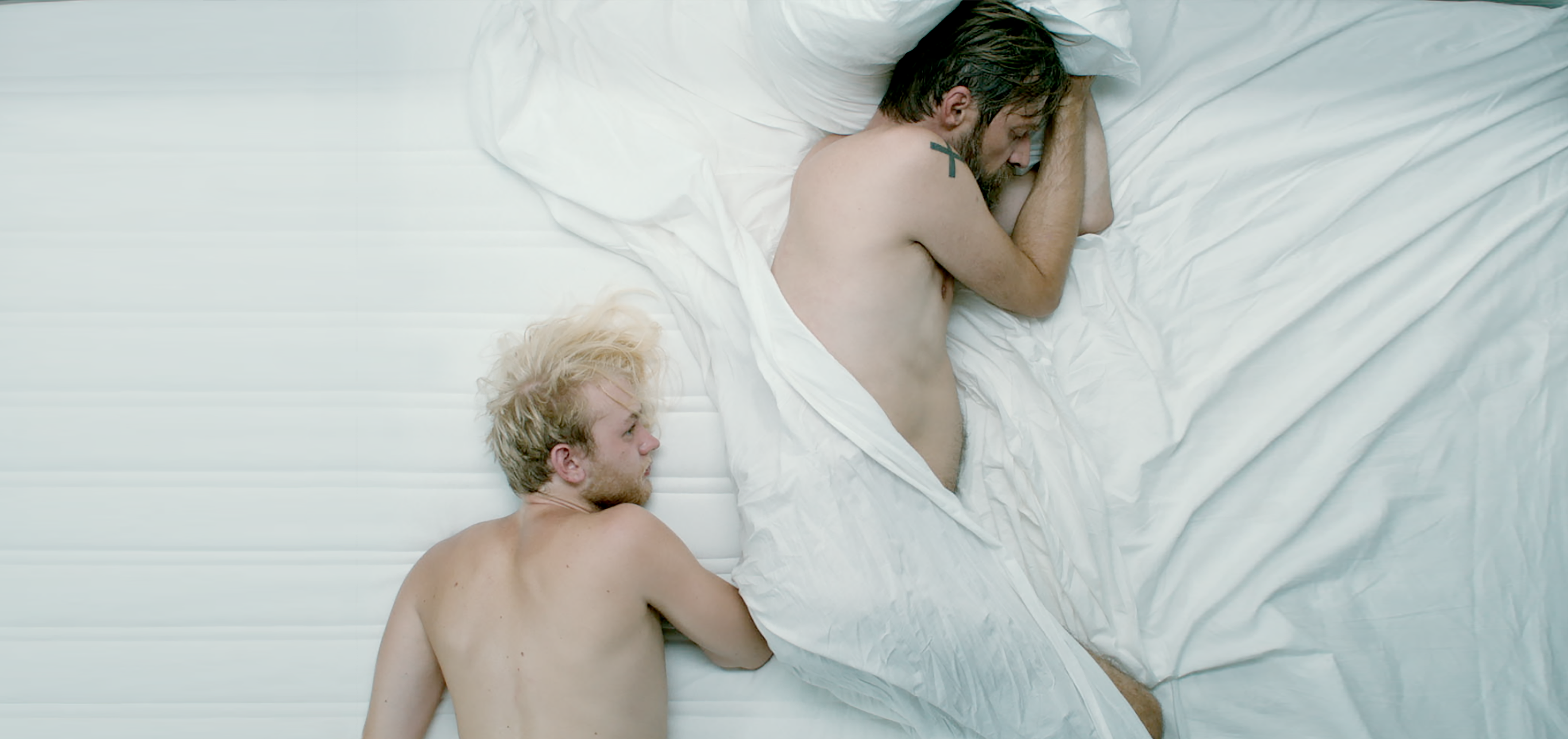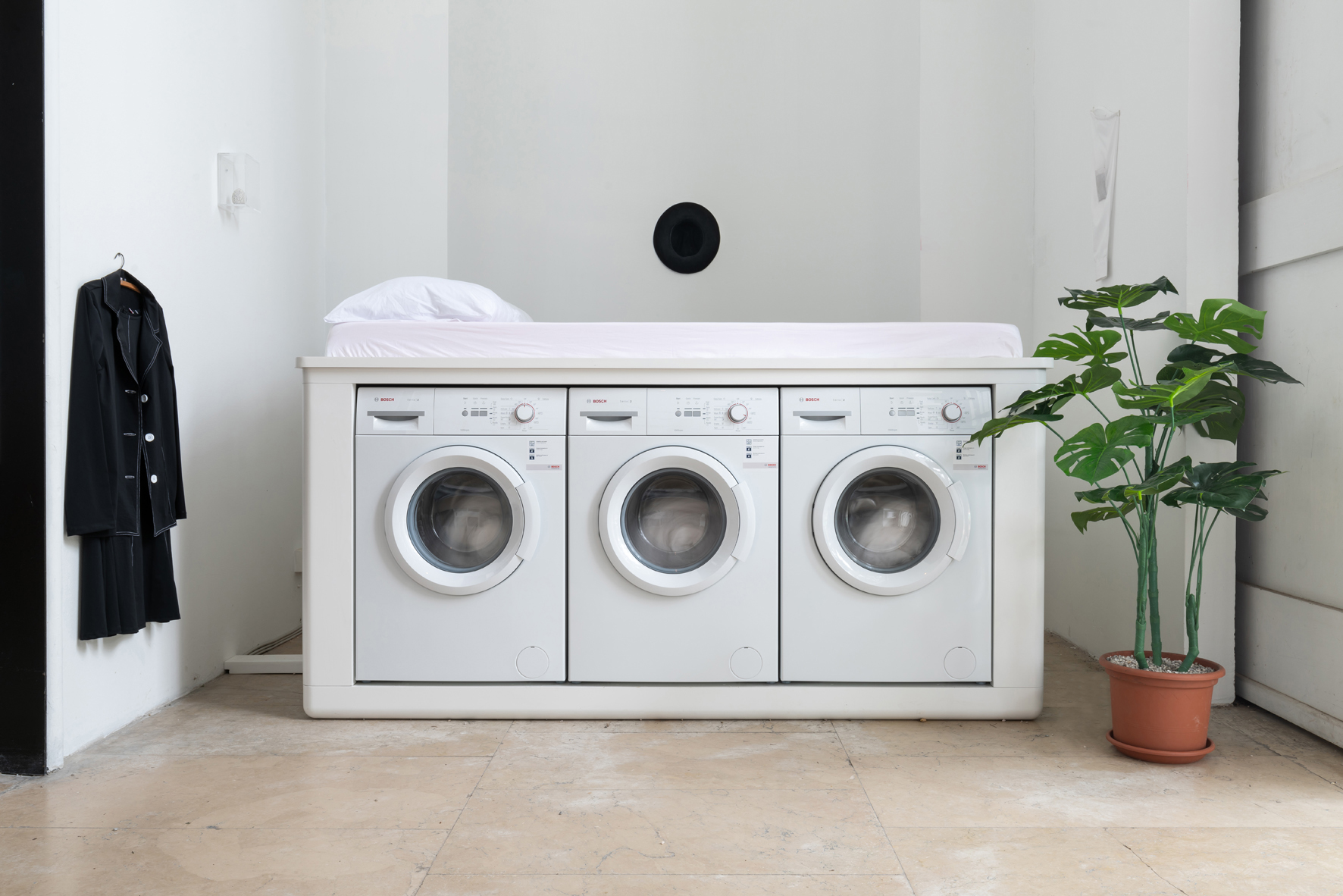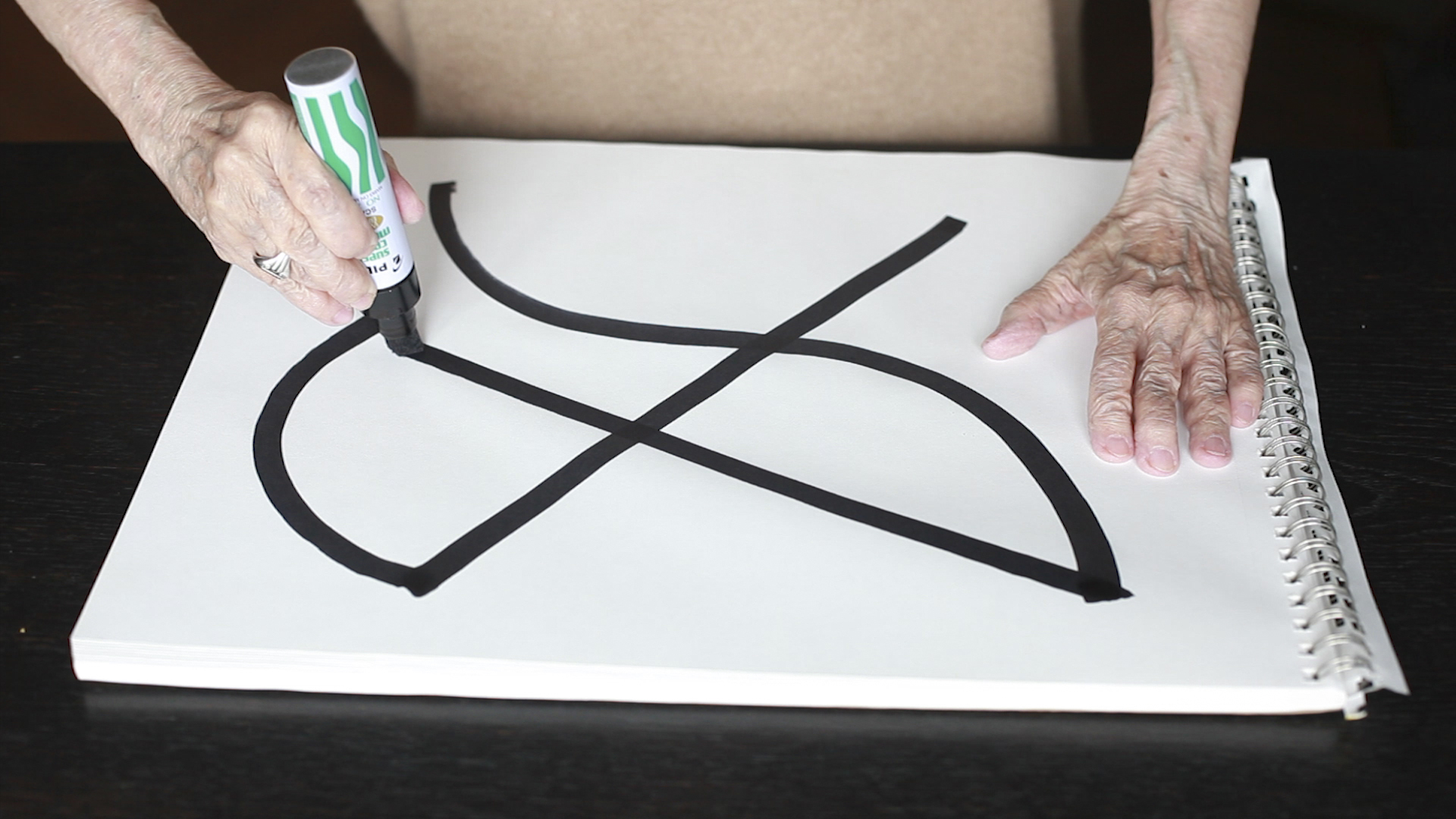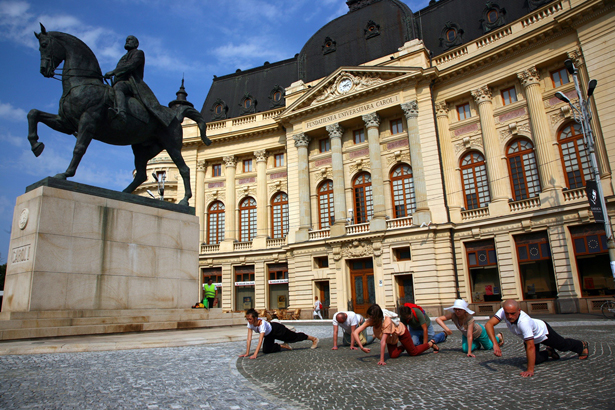Romanian Pavilion at the Venice Biennale
May 11–November 24, 2019
Campo Santa Fosca, Palazzo Correr, Venice
Venice 30122
Italy
Hours: Tuesday–Sunday 11am–7pm
contact@humanscale2025.ro
The exhibition project Unfinished Conversations on the Weight of Absence represents Romania at the 58th International Art Exhibition – La Biennale di Venezia. Curated by Cristian Nae, with commissioner Attila Kim, it features the works of Romanian artists Belu-Simion Făinaru, Dan Mihălțianu, and Miklós Onucsán.
The exhibition, installed in two complementary venues, presents contemporary versions of historically significant art projects realised by three uncompromising artists whose singular artistic trajectories, spanning over more than 40 years, expand the geography of contemporary art constructed according to national categories. Including the Romanian diaspora, it exposes the cultural mobility of these artworks across both space and time, while at the same time rejecting the understanding of the artistic object as a fixed art historical entity. Central to the exhibition as a critical form is the ability to provide a space of encounter for post-conceptual artworks whose political potentiality derives from the interplay between their imaginary and material configurations.
The Romanian Pavilion displays reconfigured art installations, originally conceived in the 1980s and 1990s, which were often subjected to material or conceptual transformations in their own exhibition histories. On display in Venice, they either acquire a different meaning or change their formal structure, and thus, become new and topical art pieces. This time, these counter-monumental art installations are adapted to the scale of the Romanian Pavilion and are critically recalibrated as a poetical response to the growing political appeal of conjugated neoliberalism, nationalism, and populism. They mobilize an aesthetic of the sublime against the abuse of symbols of power in contemporary visual culture, and prompt the viewer to reconsider the familiar notion of ”imagined communities.”
Belu-Simion Făinaru (b. 1959) has a conceptual artistic approach that revolves around themes of absence, loss and the need to rebuild links in communities. The fact of being at a crossroads, at the frontier of two separate identities, makes him explore the commonality, the familiar. His series of artworks create long-term connected projects which relate to his Israeli-Romanian roots and the nowadays pressing socio-political issues of conflict and migration. For the Romanian Pavilion at the Venice Biennale, Făinaru proposes a new version of his installation Belongs to Nowhere and to Another Place, which appears as a memorial for a living and personally experienced cultural memory. It takes the form of an uninhabited domestic interior which situates the visitor in the space of a non-specific and transnational culture, evoking notions of displacement, migration, and nomadism.
Dan Mihălțianu (b. 1954) exercises an artistic discourse that includes historical, political, social and trans-cultural aspects, using a variety of media and representation forms, from photography, film, video, sound, to installation, object, drawing, graphics, and text. Canal Grande: The Capital Pool and the Associated Public, on display in Venice, is based on his Canal Grande series of art installations. Since 1984, Canal Grande was installed in different exhibition contexts as a critical instrument meant to contextualize local social transformations, or to propose alternative economies revolving around the notion of liquidity. The current version of the art installation proposes artistic formulas for exercising direct democracy for the duration of the exhibition. Functioning as a concrete social and economic process, it establishes an autonomous financial fund and it engages the contemporary public in the continuous remodelling of the artwork, inviting the visitors to self-organize and to decide on the utilisation of the autonomous capital raised during the exhibition.
Miklós Onucsán (b. 1952) combines artistic installation with post-conceptual artistic thinking, often reflecting about the artistic act or about the fundamental conditions of sensorial experience, such as space and time, materialised in various forms such as graphics, text, object, photography, video art, and process art, interventions and found objects. Onucsán’s artwork produced for this exhibition, entitled The Restoration of the White Camouflage, consists of a mesh print of a previously produced art piece installed on a construction scaffold which surrounds the interior space of the Pavilion and cancels its white-cube appearance. In its current version, the art installation reveals the inextricable relation between the image and the site it is presented in. On a different level, it becomes an ironic reflection on the symbolic pressure that any image undergoes in the context of the Venice Biennale, and on the capacity of artistic practice to generate strategies of art historical self-historicization.
All these installations have their own extensions on display at the New Gallery of the Romanian Institute for Culture and Humanistic Research in Venice. Belu-Simion Făinaru's installation You Have Always to Start Anew and Miklós Onucsán’s Camouflaging Guide, complemented by additional elements of the installation Canal Grande: the Capital Pool and the Associated Public and a series of performative events realized by Dan Mihălțianu under the title Liquid Capital, are hosted at the New Gallery.
Organised by the Romanian Ministry of Culture and National Identity, the Romanian Ministry of Foreign Affairs, and the Romanian Cultural Institute
Produced by Plan B Foundation and Gallery
Partners: George Enescu National University of Arts Iași, National University of Arts Bucharest, University of Art and Design Cluj, Scena9, New Europe College, Cluj Cultural Centre, Art Encounters Foundation, The Paintbrush Factory, All’Origine, Nicodim Gallery in Los Angeles and Bucharest, Department of Computer Science, Donald Bren School of Information and Computer Science, University of California, Irvine (Computer science specialists: Professors Alex Nicolau and Alexander Veidenbaum), AMOCA, The Museum of Contemporary Art Sakhnin, The Mediterranean Biennale Sakhnin
